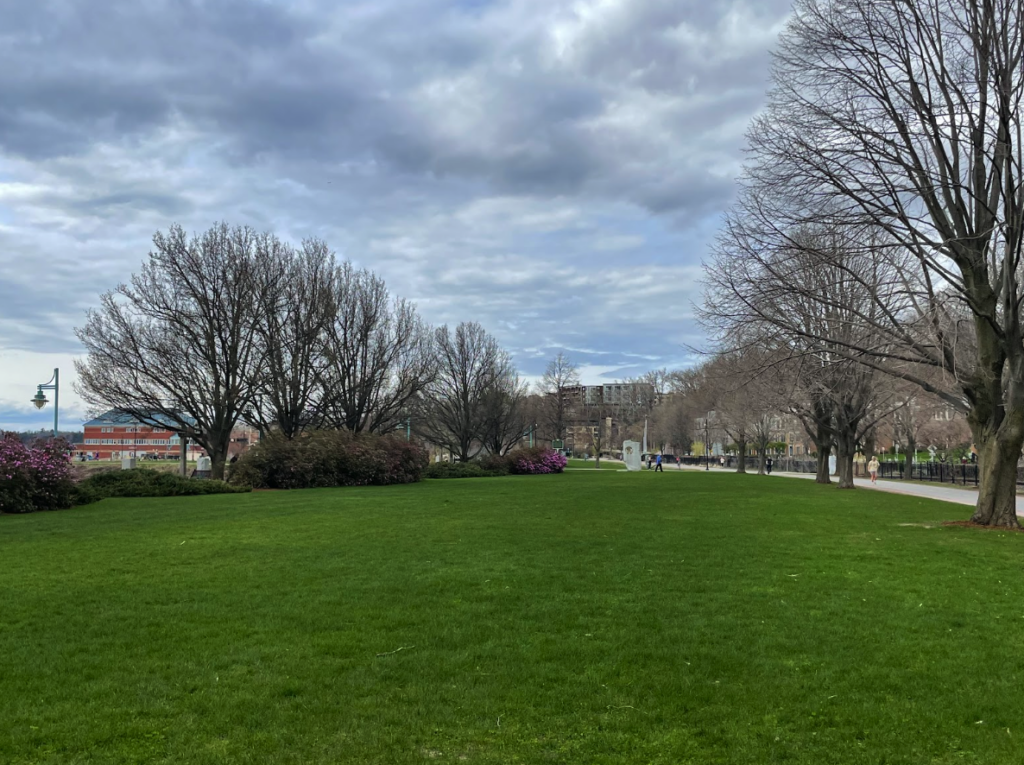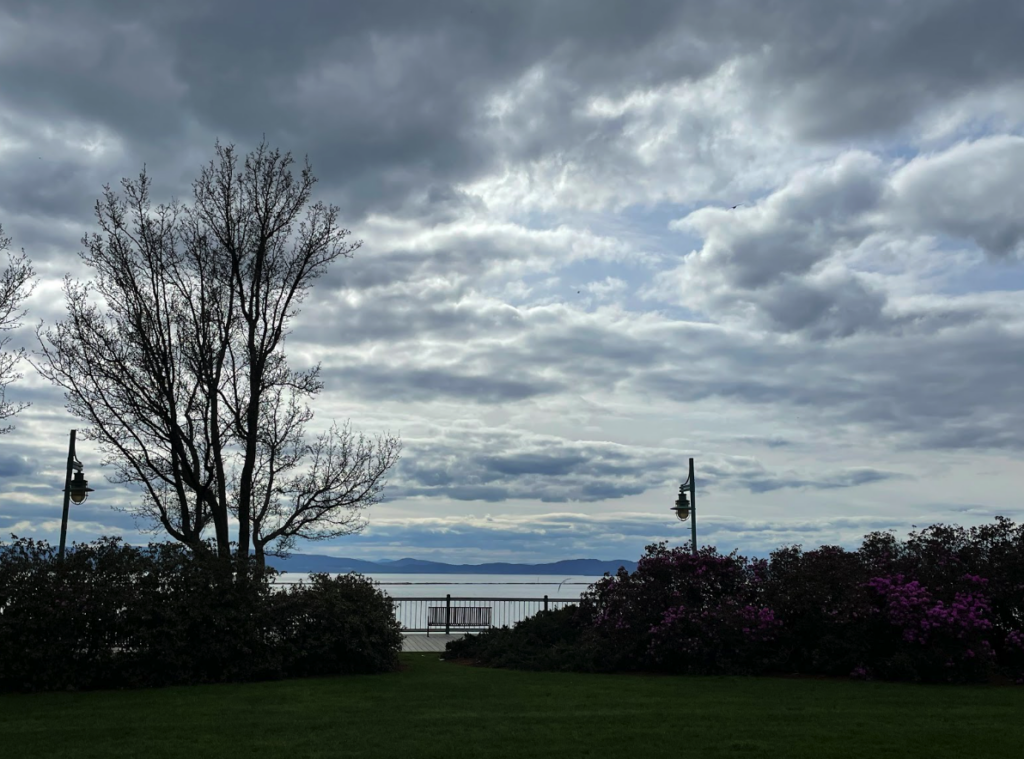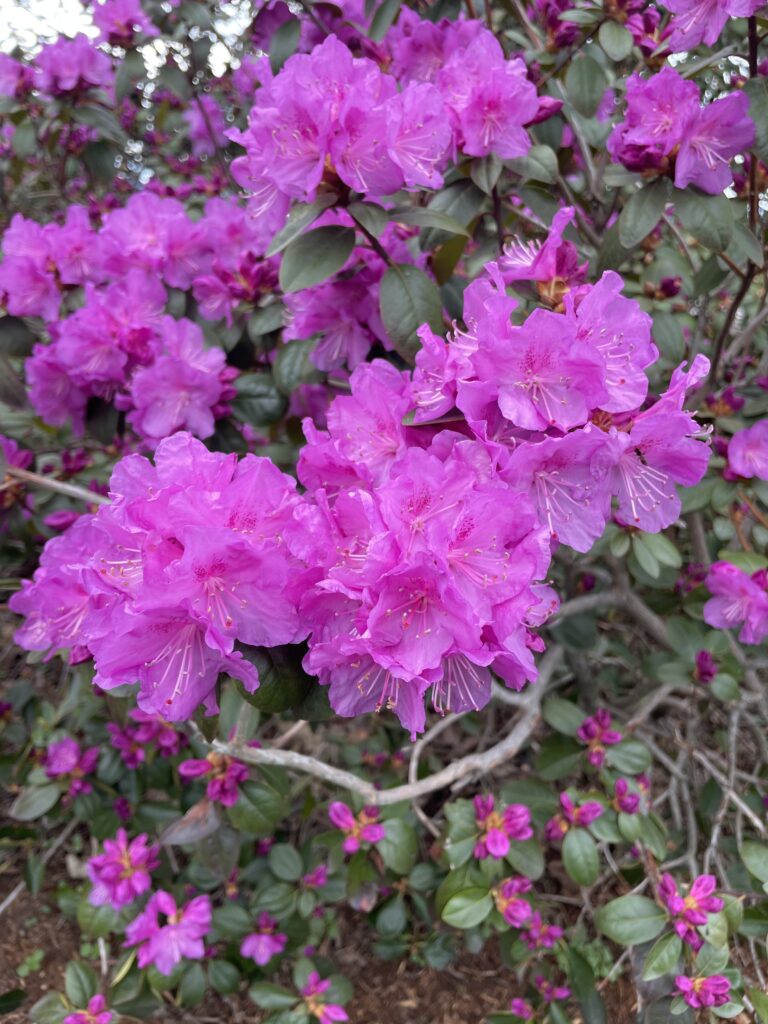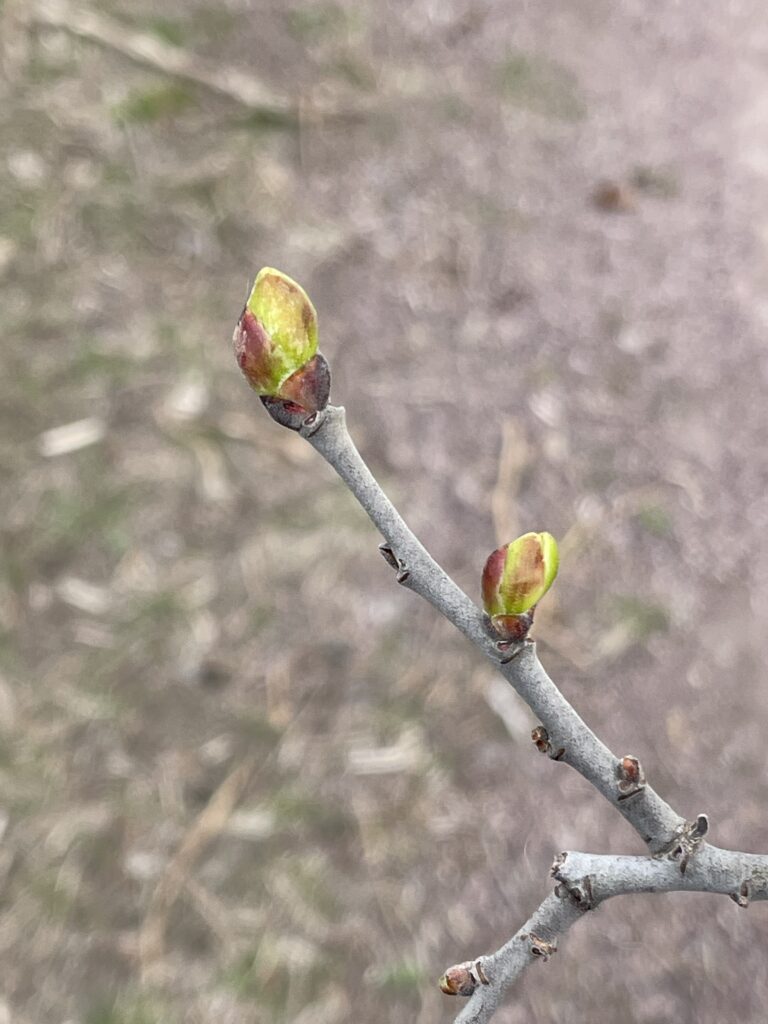When I approached my phenology location I recorded some observational changes:
- Increased amount of buds on trees
- Grass seemed more lush and green
- All bushes had finally bloomed
- More people outside
- Increased amount of birds
- Warmer overall outside

Observed Relationships: At my chosen phenology place, it helps to blend together the concept of nature and city. It allows me to evaluate how the culture of humans and nature intertwine with each other whether it’s through similarities or differences. During the summer and spring, many humans and animals similarly like to be outside unlike in the colder seasons such as winter where there seemed to be both a decrease in observable species. I also see people sitting outside or doing yoga, taking advantage of the fresh air and their environment due to the amount of peace, beauty, and tranquility it brings. Much of the time they do not directly interact with each other and often don’t acknowledge each other’s existence. For example, many people don’t directly interact with the squirrels, birds, and bugs, but they coexist and acknowledge each other’s presence. Although they may not interact with each other on purpose, humans and their natural environment often affects animals and the environment, decreasing species diversity. This may be due to lack of food, increased light, increased noise, and lack of possible shelter. At my phenology place which is surrounded by developed area, there is a decrease in species variation as well as overall species diversity and population when compared to more natural areas.

Final Thoughts: After being apart of the Burlington community and visiting my phenology place quite often, I consider myself a part of my place. I consider myself a part of my phenology place because I have been able to be in that exact location year round just like the plants and animals that live there year round as well. I have developed a relation to the plot of land, and like the animals, I consider it another part of my home. I’ve come to enjoy and appreciate the natural beauty of the location and the value it brings to both my mind and heart whenever I am there. I also will continue to visit it year round as long as I am a part of the Burlington community. Overall, I am excited to continue to observe the landscape and how it changes over time in my forthcoming years in Burlington.





